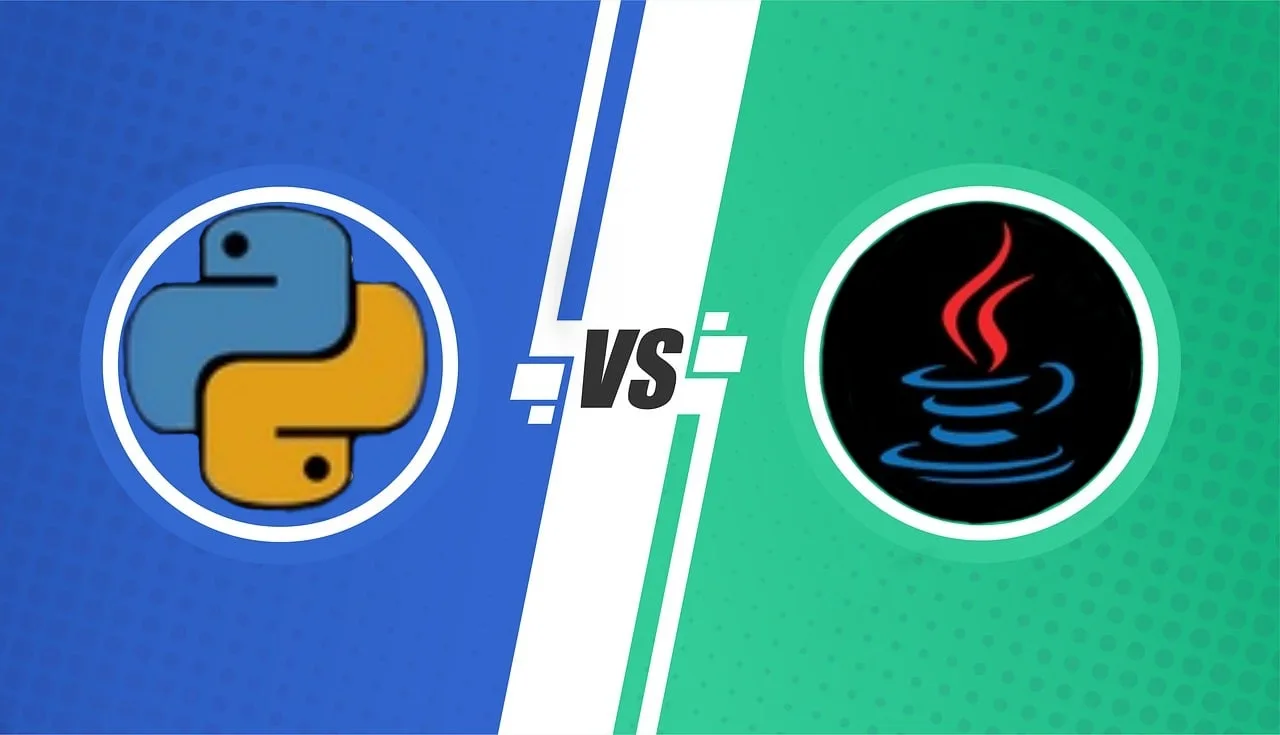Python vs. Java: In the dynamic realm of machine learning, the choice of programming language plays a pivotal role in shaping the development landscape. Python and Java, two stalwarts in the world of software development, have garnered substantial attention for their distinct features and applications in machine learning. In this article, we will explore the strengths and weaknesses of Python and Java, dissecting which language stands as the better choice for machine learning endeavors.
Python vs. Java:
Python: The Darling of Machine Learning:
Python has emerged as a powerhouse in the field of machine learning, owing to its simplicity, readability, and rich ecosystem of libraries. Developers, data scientists, and researchers alike have embraced Python for its versatility and ease of use.
Strengths of Python in Machine Learning:
- Extensive Libraries: Python boasts a plethora of specialized libraries for machine learning, including TensorFlow, PyTorch, scikit-learn, and Keras. These libraries provide pre-built functions and tools, accelerating the development process and making Python a go-to language for ML enthusiasts.
- Community Support: Python’s expansive and active community is a treasure trove for machine learning practitioners. The availability of tutorials, forums, and open-source projects fosters a collaborative environment where developers can seek assistance and share knowledge.
- Flexibility and Readability: Python’s syntax is clear and readable, making it an ideal choice for prototyping and experimentation. The language’s simplicity allows developers to focus on the logic of machine learning algorithms without getting bogged down by complex syntax.
- Data Science Ecosystem: Beyond machine learning, Python has established itself as a leading language in the broader field of data science. This synergy ensures seamless integration between data manipulation, analysis, and machine learning tasks within the same programming language.
Challenges of Python in Machine Learning:
- Execution Speed: While Python is highly expressive, it may not be as fast as languages like C++ or Java. This can be a concern for applications that demand real-time processing or involve large-scale data.
Java: The Robust Contender:
Java, renowned for its platform independence and robustness, has been a stalwart in enterprise-level applications. Its object-oriented programming paradigm and extensive standard libraries make it a compelling choice for a range of software development projects.
Strengths of Java in Machine Learning:
- Performance: Java’s inherent speed and efficiency make it well-suited for computationally intensive tasks. In scenarios where performance is a critical factor, Java can outshine Python, particularly in applications requiring real-time data processing and analysis.
- Scalability: Java’s architecture and strong typing contribute to the language’s scalability. Large-scale machine learning projects can benefit from Java’s ability to handle complex systems and manage resources efficiently.
- Enterprise Integration: Java has a strong presence in enterprise environments, making it an appealing choice for machine learning projects that need to seamlessly integrate with existing systems and databases.
Challenges of Java in Machine Learning:
- Learning Curve: Java’s syntax and object-oriented programming principles can be more challenging for beginners compared to Python. The learning curve may deter rapid prototyping and experimentation, which are crucial in the early stages of machine learning development.
- Limited ML-specific Libraries: While Java has libraries like Deeplearning4j and Weka for machine learning, its ecosystem is not as extensive as Python’s. This may require developers to implement more functionalities from scratch.
The choice between Python and Java for machine learning hinges on the specific requirements and priorities of the project at hand. Python’s simplicity, extensive libraries, and vibrant community make it an excellent choice for rapid prototyping, experimentation, and applications where development speed is paramount. On the other hand, Java’s performance, scalability, and integration capabilities position it as a robust contender, especially for large-scale, enterprise-level machine-learning applications.
As machine learning continues to evolve, both Python and Java are likely to maintain their relevance, each finding its niche in the ever-expanding landscape of artificial intelligence and data science.

